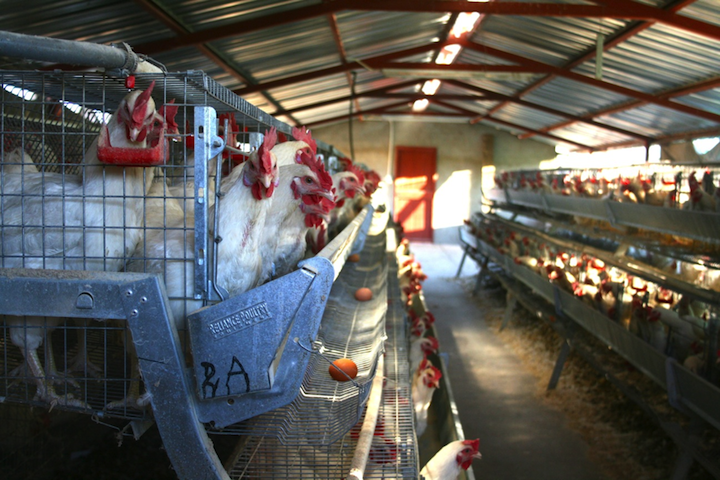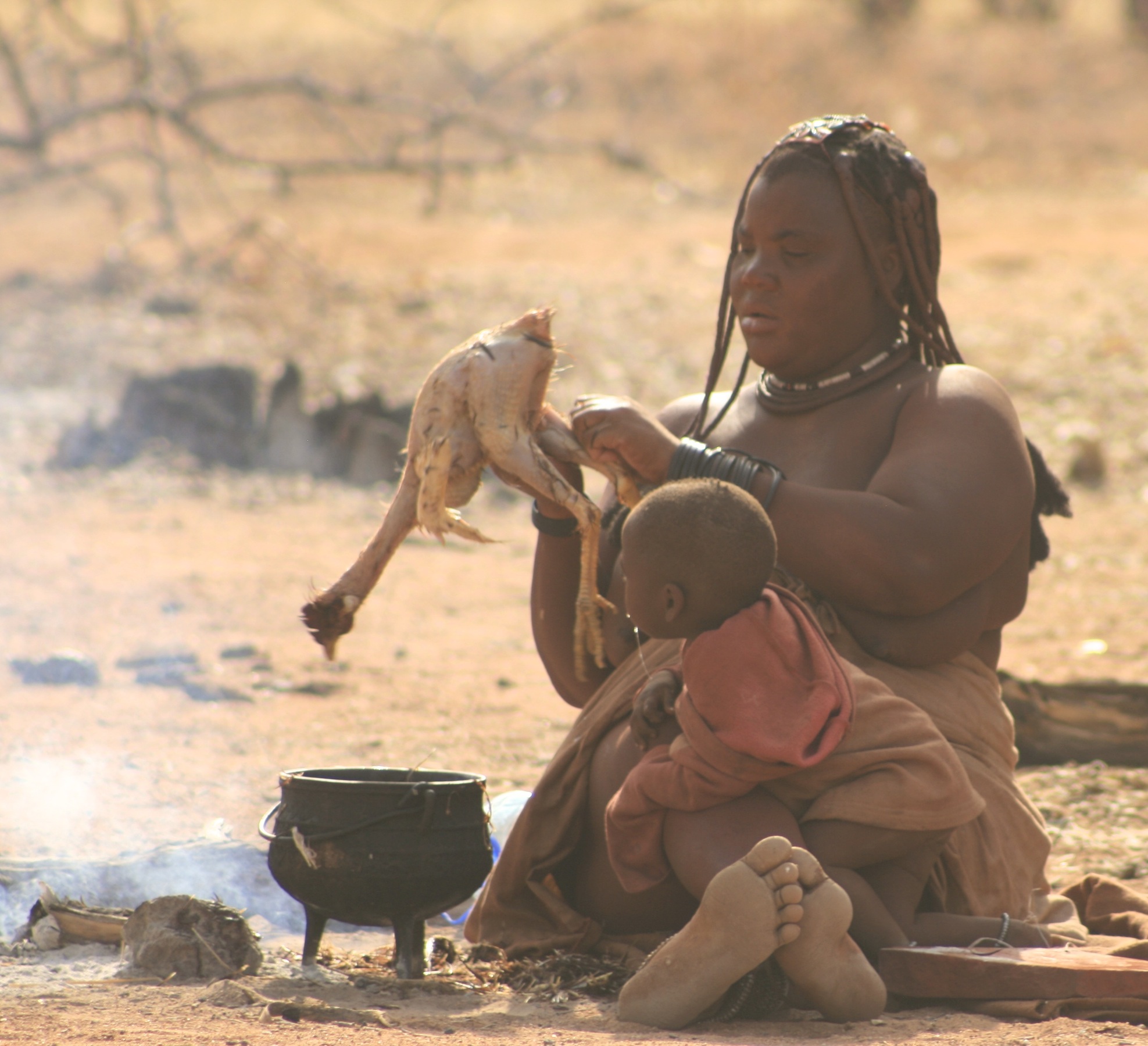By the first week, we toured the Neudamm campus and had seen the poultry houses. Last week, we witnessed a Himba woman cook a whole chicken, feathers and all, in a boiling pot outside of her hut. My interest was immediately sparked as to what the poultry industry was like here in Namibia. Chicken is produced on a large scale in the United States, but how do you raise enough chicken in the second driest country on the globe?
As we’ve learned, Namibia is a sub-Saharan country, located on the west coast of the continent, northwest of South Africa. The country is a huge net importer of goods and services mainly from South Africa. In response, the government has taken several measures to improve economic conditions and grow the country’s wealth. One of these measures includes limiting the imported poultry products, relying on the few poultry industries in Namibia to meet demands and provide jobs.
Sounds good right? So, what’s the problem? For starters, Namibia’s poultry industry is two years old. Previously, Namibia had been importing its chicken solely from South Africa. It worked out well; Namibia was getting its poultry demand met at a relatively cheap price. However, the Government in Namibia has been hungrily eyeing the idea of complete self-sufficiency. I can’t blame them, what country wants to rely on taxed imported goods?
Last year, the Ministry of Trade and Industry tightened controls on what was imported to Namibia. These controls are known as “Infant Industry Protection.” What used to be unlimited chicken from South Africa was lowered to a certain quota. The Namib Poultry Industry was up to providing the rest to meet Namibia’s demands. By doing this, the meat prices doubled. Chicken remains the meat of choice, but only for those who can afford it. These high prices made it entirely impossible for some to buy local poultry, proving the government’s efforts completely counter-productive.
How can the problem be solved? Poultry is one of the cheapest forms of protein. Ergo, consuming poultry could help solve the issue of global hunger and malnutrition. The problem with the poultry industry everywhere is that the price per head is so insignificant, so the production has to be done in large volumes. If done correctly in this country, it could solve food security for a huge majority of people. To achieve this, however, there has to be a balance between what they can afford, what they can buy, what they can produce themselves, and how many people it will employ. The United States has the manpower to produce poultry on a very large scale, the industry alone is worth $45 billion, and approximately 40 billion pounds is produced annually (See nationalagriculturestatisticsservices.org). Although Namibia only has a population of 2 million, far less than the U.S, the country still has room to grow in the poultry industry.


